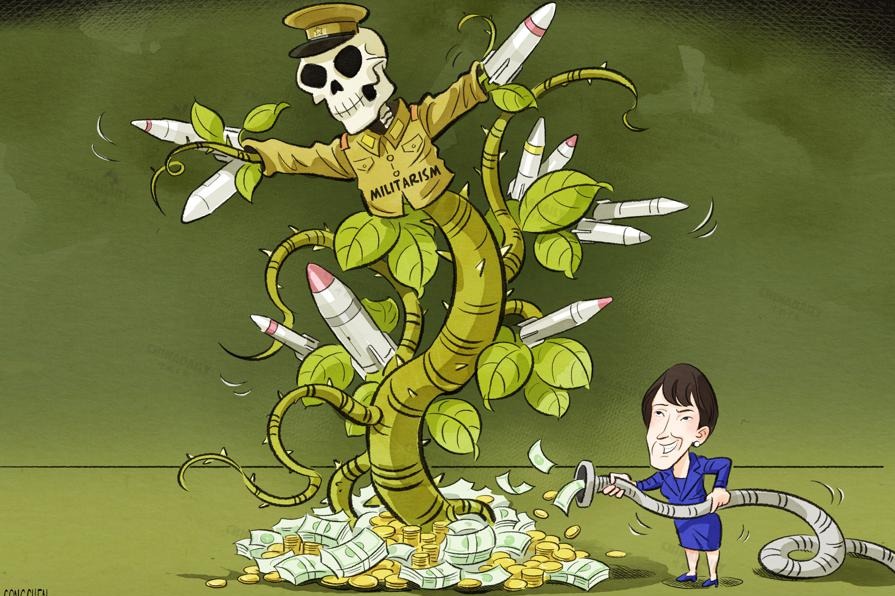Security, stability called top priorities in Xinjiang
By CUI JIA/MAO WEIHUA | China Daily | Updated: 2018-01-23 08:44
The Xinjiang Uygur autonomous region will step up border control measures this year to create a "Great Wall" along its 5,700-kilometer border to prevent the penetration of extremism, separatism and terrorism from abroad, the region's chairman said on Monday.
"We will try our best to leave no gaps or blind spots in social security management and ensure the key areas remain absolutely safe," Shokrat Zakir, the chairman, said as he delivered the government work report during the annual session of the 13th Regional People's Congress, which kicked off in the capital Urumqi on Monday.
The region will step up security measures in key areas and border areas as well as enforce internet management to maintain social stability in Xinjiang, which remains complicated, he said. It will further rely on technology to enhance frontline border control and improve infrastructure in border areas, such as improving road conditions, he said.
"The overall social situation was stable in 2017, which has significantly made people feel safer," he said. "We won't allow separatism to stage a comeback and will ensure religious extremism never rises again from the ashes and terrorist attacks are doomed to failure."
Xinjiang introduced a series of security measures in 2017, including setting up a network of police stations in all cities and townships to quickly react to any emergencies. The region has always been China's front line against terrorism. The penetration of religious extremism has led to a number of terrorist attacks in recent years.
The regional government will continue to see maintaining social stability as its top priority in the next five years, Shokrat added.
The performance of the tourist industry has always been an indicator of the region's stability. Stability has brought more tourists to Xinjiang, which is known for its diversity and varied scenery, he said. More than 107 million domestic and foreign travelers visited in 2017, up 32.4 percent from the previous year.
The regional GDP has grown to 1.09 trillion yuan ($167.8 billion) in 2017 from 753 billion yuan in 2012, with an average growth rate of 9 percent. Despite the economic growth, the unbalanced development between southern and northern Xinjiang remains obvious, Shokrat said.
Currently, there are 1.63 million people in southern Xinjiang living in deep poverty, which is about 86 percent of the region's total poverty-stricken population. Poverty alleviation work in southern Xinjiang is very tough, he said.
























